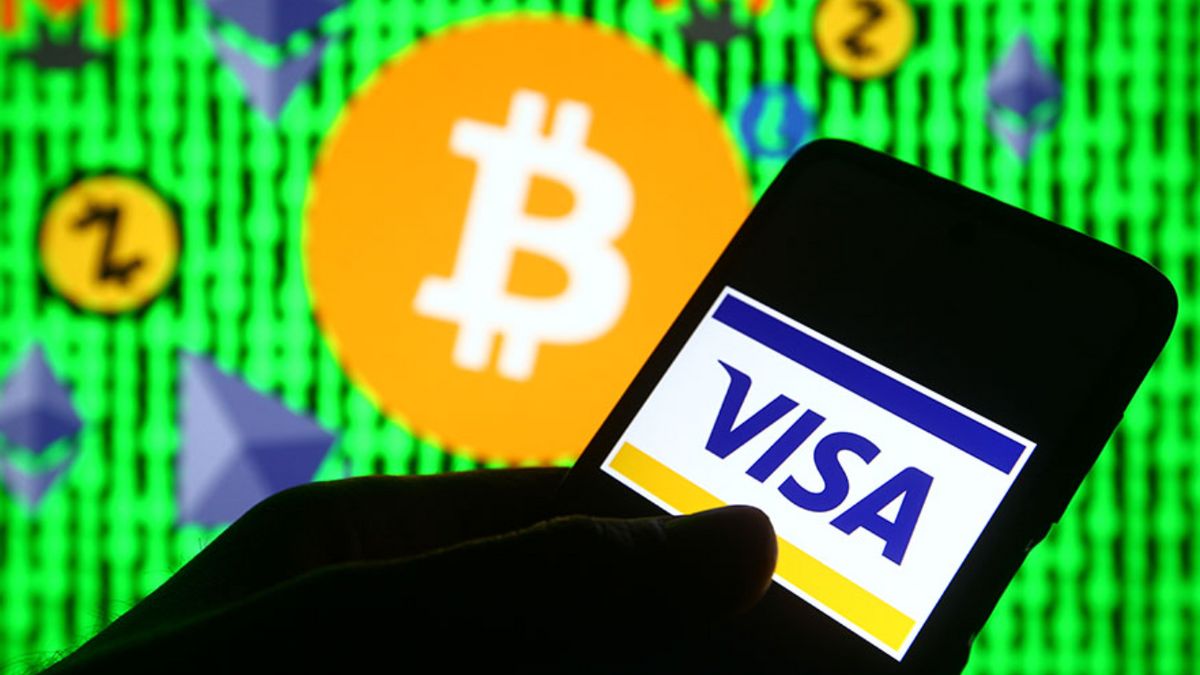JAKARTA - The latest findings from the study of the collaboration of Visa and Allium Labs, reported that more than 90% of the volume of stablecoin transactions did not come from genuine users. This fact seems to overturn the notion that stablecoins, digital currencies tied to stable assets such as US dollars, will revolutionize the payment industry worth 150 trillion US dollars.
The findings were published in a Bloomberg report on Monday (6 May 2024). To reveal the facts behind this phenomenon, Visa and Allium Labs developed a special dashboard capable of sorting out transactions made by bots and large-scale traders of organic payment activity carried out by real individuals.
The analysis results show that of the total volume of stablecoin transactions of around $2.2 trillion in April 2024, only 149 billion US dollars can be categorized as an "organic payment activity". This means that the remaining 91%, or about 2,051 trillion US dollars, comes from non-organic activity carried out by unidentified parties.
This finding sparked doubts about the potential for stablecoins as a revolutionary tender. "This doesn't mean stablecoins don't have long-term potential, because I'm sure they have them," said Pranav Sood, Executive General Manager of EMEA on the Airwallex payment platform. "However, short and medium-term focus should ensure that existing rails work better."
SEE ALSO:
Tracking the value of crypto activity accurately using blockchain data has always been a challenge. For example, data provider Glassnode estimates that the circulation of the USD 3 trillion record market achieved by digital tokens during the peak of the 2021 bull market is actually closer to USD 875 billion.
Stablecoin volume is also faced with a double-counting problem, where the same transaction is calculated twice when moving between platforms. Cuy Sheffield, Head of Crypto Visa, explained to Bloomberg that the USD 100 USDC conversion of Circle Internet Financial to PayPal's PYUSD on the Uniswap decentralized exchange will result in $200 in total on-chain stablecoin volume.
For Visa, the company that manages more than $12 trillion in transaction value in 2020, these findings could pose a threat. If stablecoins are widely accepted as a means of payment, Visa has the potential to lose significant market share.
Analysts in Bernstein predict that the total value of all outstanding stablecoins could reach US$2.8 trillion by 2028, an almost 18-fold increase from their current combined circulation.
On the other hand, stablecoin proponents still believe in the potential of this technology. They argue that nearly instant stablecoin transactions and low cost make it ideal to disrupt the payment sector.
Several companies have shown optimism by adopting stablecoins. PayPal, for example, introduced its PYUSD stablecoin last year to facilitate instant and low-cost transfers in its payment infrastructure. Stripe, online payment platform, also announced on April 25 that it will allow merchants to receive stablecoins for online transactions.
However, there are still many challenges that need to be overcome. Airwallex, a global payment platform, is observing limited demand for stablecoin-based payment solutions from its customers. Sood, Executive General Manager of EMEA at Airwallex, said that many parties still consider this technology less user-friendly.
"This is a very significant obstacle to overcome," Sood said. "It's important to remember that in the US, people still use checks to pay around 40% and 60% of business payments. This shows an overview where the market is actually in terms of technology adoption."
This finding is a harsh slap for the crypto industry and raises big questions about the future of stablecoins. Does this technology really have the potential to revolutionize the payment industry, or will it only be another speculative bubble? The answer is still uncertain.
The English, Chinese, Japanese, Arabic, and French versions are automatically generated by the AI. So there may still be inaccuracies in translating, please always see Indonesian as our main language. (system supported by DigitalSiber.id)














